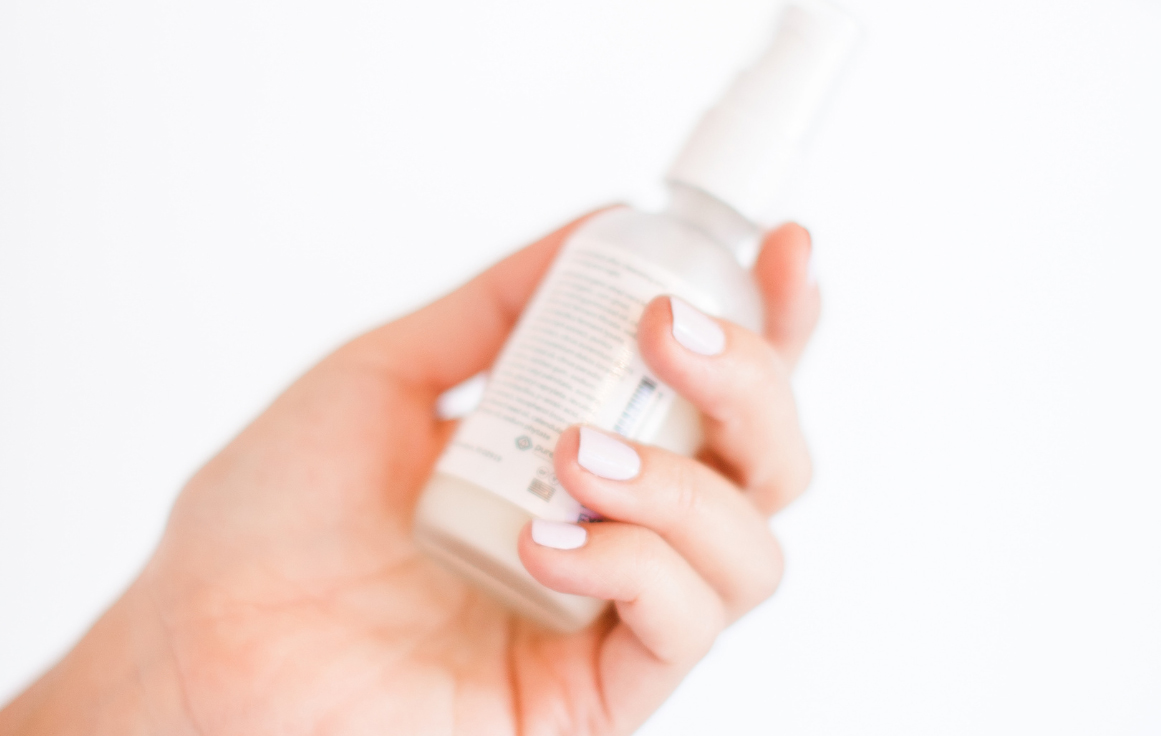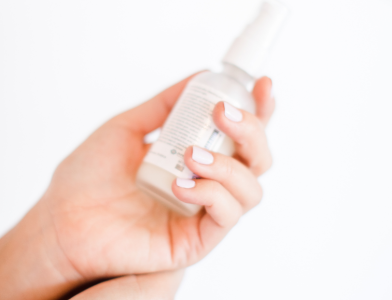If you care about reducing your exposure to toxins, especially in the beauty aisle, it’s time to rethink what “”clean beauty”” really means. With more brands than ever promising safety, gentleness, and non-toxic ingredients, it can be hard to know what to trust. But not all that glitters is green. Let’s pull back the curtain on cosmetic marketing, expose the hidden risks, and empower you to make confident, truly informed choices for your health.
The Myth of Clean Beauty: What’s Really in Your Products?
Words like “clean,” “natural,” and “non-toxic” feel reassuring, but did you know there is no legal or regulatory definition for “”clean beauty”” in the US? Each retailer or brand makes up their own standards, resulting in total confusion for consumers. Research published in JAMA Dermatology and the Journal of Drugs in Dermatology shows these claims are unregulated and often misleading – consumers believe these labels signal safety, when that’s not guaranteed.
Understanding Greenwashing: Don’t Fall for the Packaging
Greenwashing is when brands use words like “”eco-friendly,”” “”gentle,”” or “all-natural” (paired with earthy tones and eco-looking packaging) to trick you into believing a product is safer or more sustainable than it is. Studies have found that consumers are much more likely to buy cosmetic products simply if the packaging appears green or organic – even if the ingredients are the same as conventional options.
- Pictures of plants, leaves, or flowers
- Bamboo or bioplastic containers
- Vague claims like “dermatologist tested”
- Highlighting just the “”key”” safe-sounding ingredients
Always look past the front label and dig into the ingredient list for the real story.
Hidden Ingredient Dangers: Don’t Trust “Free From” Claims
When problem chemicals like parabens or phthalates make headlines, many brands swap them for lesser-known, poorly studied substitutes. This regrettable substitution means the replacement might be just as risky. A classic case is replacing BPA with BPS, which acts almost identically in the body. Parabens, linked to hormone disruption and found in breast tissue, are often swapped with phenoxyethanol, which has its own safety concerns.
The most common offenders to watch for include:
- Fragrance or perfume: These can hide hundreds of undisclosed chemicals, many of which may disrupt hormones, trigger allergic reactions, or impact neurological health.
- Synthetic silicones: Look for ingredients ending with “-icone” or “-siloxane.” These can persist on your skin and in the environment and some are being banned for endocrine disruption and bioaccumulation.
- Isothiazolinones: These preservative replacements may cause delayed allergic reactions in sensitive individuals.
- Per- and polyfluoroalkyl substances (PFAS): Also called “”forever chemicals,”” these are used for water resistance and durability, but can build up in the body and are linked to immune dysfunction and cancer risks.
Why Ingredient Transparency Matters
Brands that truly have nothing to hide will disclose every ingredient, explain their sourcing, and offer third-party verification – think Made Safe or EWG Verified. The most ethical companies even share their safety standards, publish test results, and involve qualified scientific advisors or toxicologists. If a brand only lists “”key”” ingredients or is vague about what’s inside, consider it a red flag.
Simple Steps to Protect Your Health
You don’t need a degree to outsmart marketing. Just remember:
- Don’t trust the front of the label: Always flip over the product and read the full list.
- Be cautious with “fragrance” and “parfum”: Choose brands with full ingredient disclosure.
- Red flags: Vague claims, lack of transparency, and “clean” badges without substance.
- Consider third-party certifications: While not perfect, they can help you avoid some of the worst offenders.
The Science of Change: Removing Toxins Makes a Difference
The best part? Studies now show that reducing exposure to parabens and phthalates can reverse the expression of genes linked to breast cancer in as little as 28 days. All it took was swapping daily products to those free of xenoestrogens – no other lifestyle changes were needed. Urinary levels of toxic metabolites dropped, and cellular markers for carcinogenicity normalized.
Dr. Yvonne’s Low Tox Beauty Favorites
Take Charge of Your Beauty Routine
Becoming an empowered shopper starts with questioning the marketing hype, reading labels, and demanding transparency. Have you ever felt misled by clean beauty claims? Share your story in the comments. Together, demanding real change ensures beauty brands step up – and your health always comes first.
References
- Steinemann A. Fragranced consumer products: exposures and effects from emissions. Air Qual Atmos Health. 2016;9(8):861-866. doi: 10.1007/s11869-016-0442-z. Epub 2016 Oct 20. PMID: 27867426; PMCID: PMC5093181.
- Rádis-Baptista G. Do Synthetic Fragrances in Personal Care and Household Products Impact Indoor Air Quality and Pose Health Risks? J Xenobiot. 2023 Mar 1;13(1):121-131. doi: 10.3390/jox13010010. PMID: 36976159; PMCID: PMC10051690.



